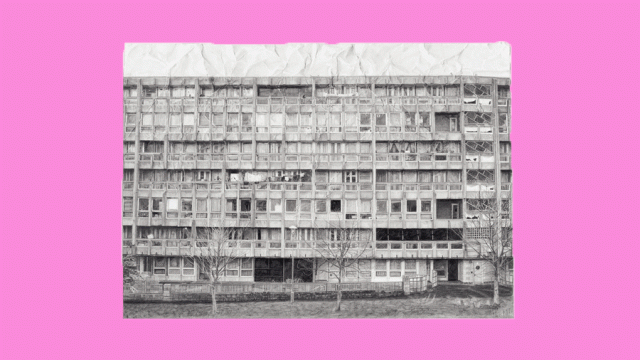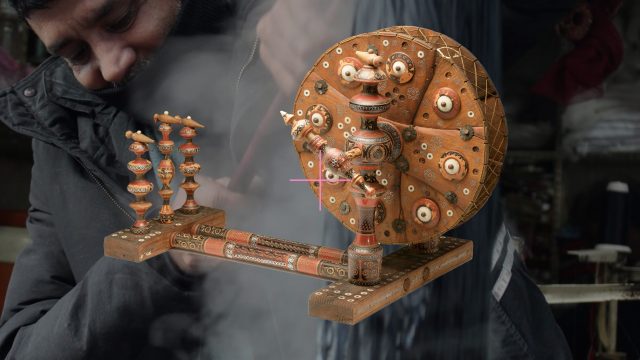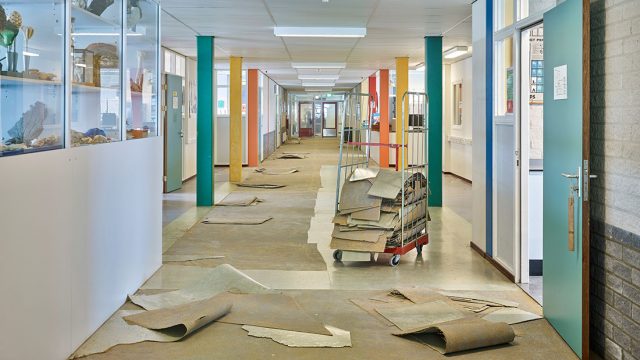Every year the V&A collaborates with La Biennale on a special project in the Pavilion of Applied Arts. The title of our exhibition this year is Robin Hood Gardens: A Ruin in Reverse. This was prompted not only by the V&A’s collection in 2017 of a section from the demolished block of Robin Hood Gardens, but also responds to the theme for the 2018 Architecture Biennale – FREESPACE. During our research, we came across photographs of Alison and Peter Smithson at the 1976 Venice Biennale, where they showed a billboard-sized image of Robin Hood Gardens. The photographs show them sitting on an enlarged version of one of the concrete fins that articulate the estate’s façade, contemplating the recently completed building. In the accompanying catalogue they wrote that ‘A building under construction is like a ruin in reverse’. Now that Robin Hood Gardens is under demolition and one block has become a real ruin, we wanted to consider the aspects and ideas of the Smithsons’ project that embody the generosity of ‘freespace’ and are especially valuable in the context of the current housing crisis.
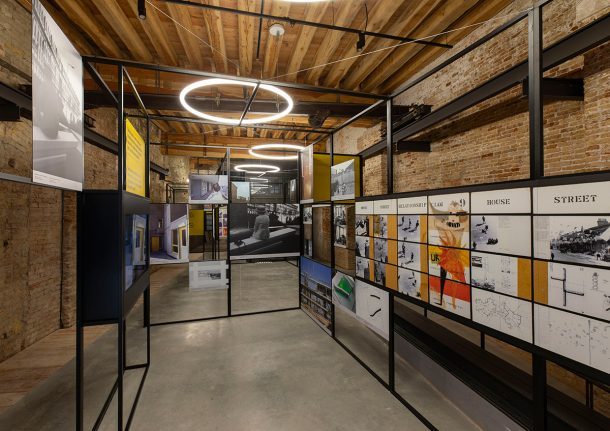
When Alison and Peter Smithson designed Robin Hood Gardens, they intended it to be an architectural manifesto. In the 1970 BBC film ‘The Smithsons on Housing’, they said: ‘We regard it as a demonstration of a more enjoyable way of living … It is a model, an exemplar, of a new mode of urban organisation.’ The Smithsons incorporated the spirit of ‘freespace’ into their design, from the communal gardens to the shared spaces of the streets in the sky. Despite their generous and democratic vision, less than 50 years after it was built, it is being demolished to make way for a £300-million public-private development that promises 1500 new homes. We have taken a three-storey piece of the façade of Robin Hood Gardens to Venice where eight tons of individual concrete pieces have been reassembled on a supporting structure, re-creating a section of one of the building’s famous ‘streets in the sky’.
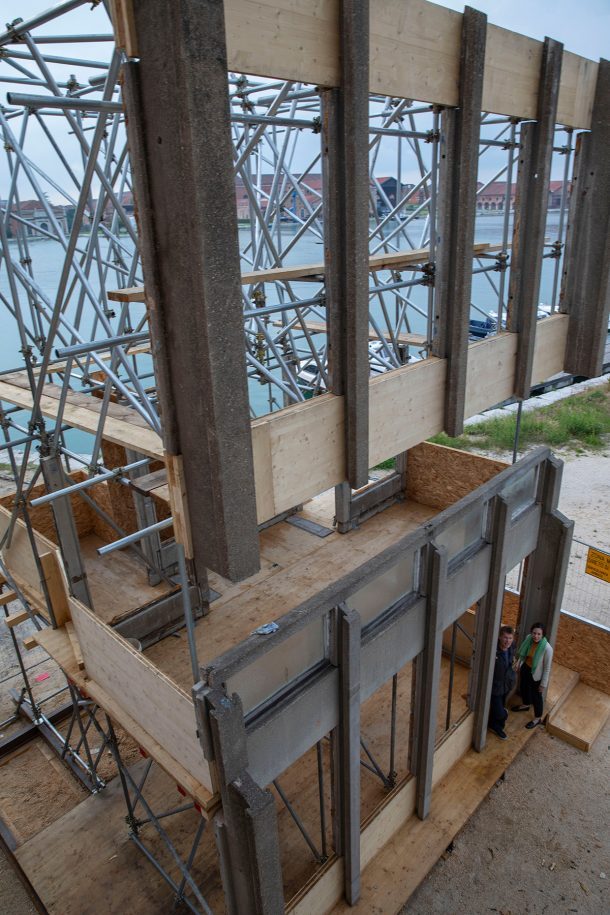
Inside the pavilion, we are showing a specially commissioned panoramic film by the artist Do Ho Suh. Working with residents who allowed him to film their homes, he used time-lapse photography, drone footage, 3D-scanning and photogrammetry to create a detailed record of the architecture and interiors of the block that is still occupied, but slated for demolition in 2019. Through archival film and photographs, and with interviews of architects, residents and politicians recorded by filmmakers Adrian Dorschner and Thomas Beyer, the exhibition looks at the vision and fate of Robin Hood Gardens and asks what we can learn from its ruins.
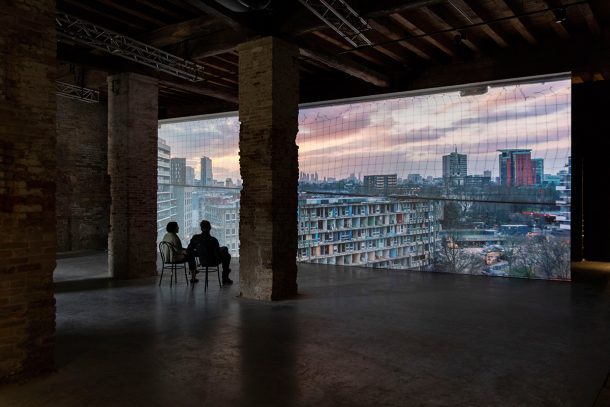
The publicity around the acquisition and exhibition has been a magnet for research about Robin Hood Gardens, and we’ve been contacted by historians, PhD students, ethnographers, sociologists, psychologists and former and current residents all keen to share information about the estate. The V&A has a strong object-based research culture, and this the beginning of a long-term investigation into Robin Hood Gardens and the history and future of social housing. The museum has close ties to East London. The Museum of Childhood has been in Bethnal Green since 1872, and we are planning two new sites in the Queen Elizabeth Olympic Park – a new museum at Stratford Waterfront, and a Collections and Research Centre at Here East. This is a part of London undergoing radical development and we want to provide a forum for the issues that are raised by such rapid urban change. As part of our programme, we are planning a display that will examine experiments in council housing and urban living, and a day of discussion and debate during London Design Festival that will look at the future housing. It is too late to save Robin Hood Gardens, but in our exhibition, we look at what can be salvaged from the ruin – not just the concrete itself, but the vision of genuinely affordable housing for all in society.
By Christopher Turner and Olivia Horsfall Turner
